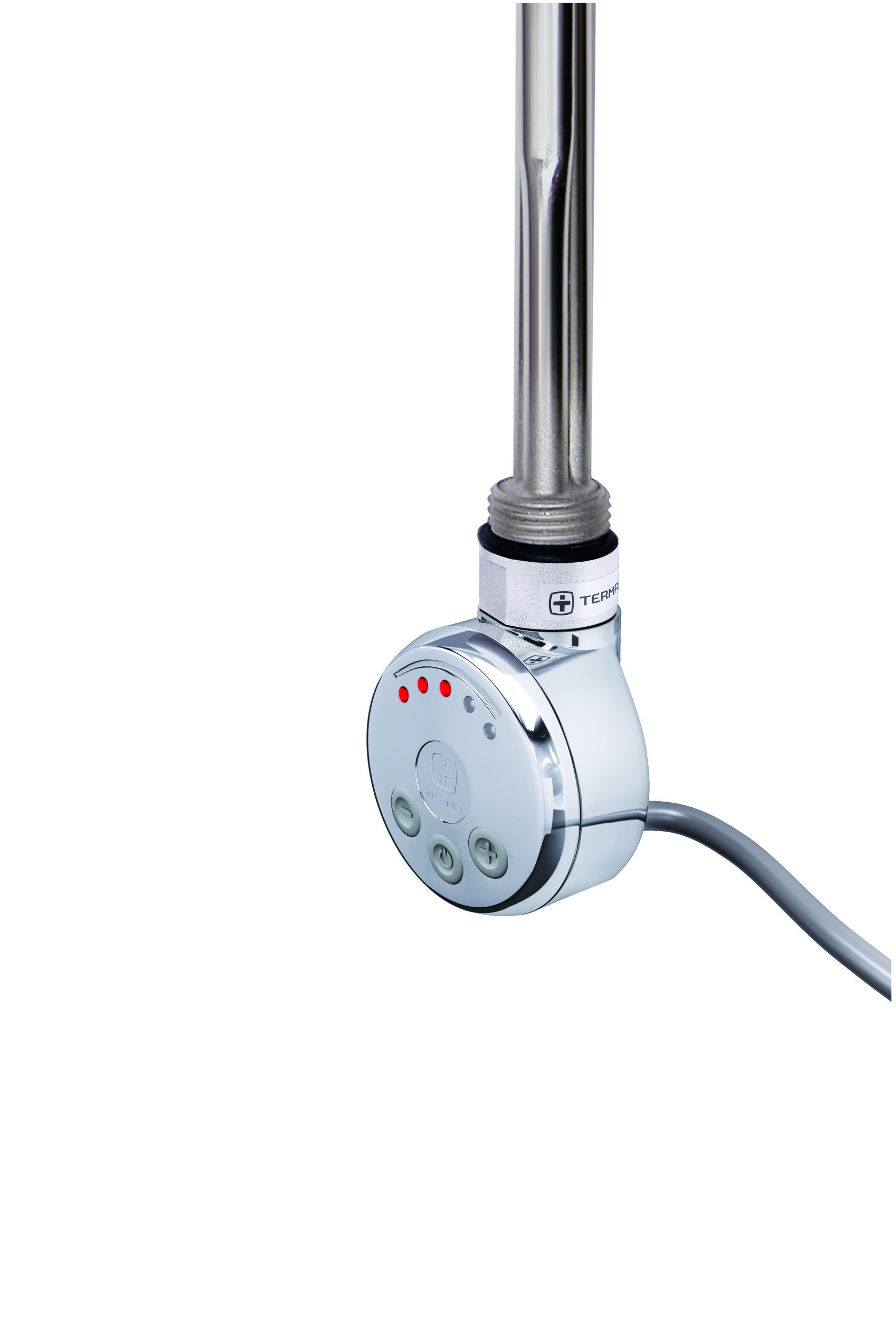

ROOF VENTING EXTERIOR INSPECTION provides additional photos of clues that indicate a history of ice dam leaks even when the building is being inspected in warm, snow and ice-free weather. No ice had formed on this roof, just snowfall, when we took the photo, but in other weather conditions the owner had seen ice build-up along this roof edge. The second photo (above right) shows the roof de-icing tapes melting a drip-channel through snow at the roof edge. Our photograph (above left) shows the typical installation pattern of roof de-icing cables or heat tapes installed on roofs in the Northeastern U.S. The melted channels permit water that backs up behind the ice (over the warmer roof sections) to run off of the roof rather than backing up under the shingles where it leaks into the building. Roof de-icing cables melt a channel (above left) through the ice build-up at roof edges or wherever ice is forming and heating cables have been placed. Also see our separate article: Heat tapes, Heat, Insulation prevent Freeze-Up where we describe proper heating tape selection and safe use. In this article we discuss the addition of heat tapes at roof eaves to stop ice dam leak problems. The resulting fire resulted in a blaze that "tore holes in the roof". The Times reported that experts were focusing on a possible electrical malfunction in a roof ice buildup protection system on the Holy Name Cathedral in Chicago on February 4th. " Illinois: Electrical Flaw Suspect in Fire" reported the New York Times in February 2009.

Watch out: improper heat tape installation can not just shock someone, it can cause a fire. Outdoor outlets are generally GFCI-protected to reduce shock hazards but electrical receptacles high on a building or in building soffits may not contain that protection. Handling wiring in wet conditions risks electrocution. Watch out: also where you are plugging in your heat tapes. Working from a ladder at any time of the year is dangerous, but risks are multiplied in cold, freezing conditions. Watch out: for slip and fall hazards if adding heat tapes to a roof in freezing weather. We have also measured changes in airflow, temperature,Īnd moisture before and after installing roof venting.
HEAT CABLES FOR ROOFS PROFESSIONAL
These recommendations for use of de icing cables and heat tapes on roofs (and other solutions to ice dams on building roofs) are based on many years ofīuilding inspections, on the observation of the locations of moisture, mold, ice dams, condensation stains, and other clues in buildings,Īnd on the correlation of these clues with the roof venting conditions at those properties, and frequent literature review and professional discussion.
HEAT CABLES FOR ROOFS INSTALL
This is an inexpensive band-aid that may be sufficient if ice dam formation on a roof is rare and/or it is difficult to install good under-roof venting. Our page top photo shows roof edge heating tapes installed by an owner to attempt to melt channels through ice that may accumulate at the roof eaves in winter. While the proper and reliable repair for roof ice dam problems is the correct installation of ventilation and insulation and perhaps ice and water shield, heat tapes can provide emergency relief when ice dam problems are already present on a building. It describes proper roof ventilation placement, amounts, and other details.Īdding heat tapes along roof edges can melt holes through existing ice dams to prevent water back-up and leaks into the building attic or walls, and heat tapes can prevent new ice dam leaks from occurring. Heat tapes to stop ice dam back-ups & building leaks: This article describes using heat tapes to stop ice dam damage: prevent roof leaks or attic condensation, attic mold in buildings. We have no relationship with advertisers, products, or services discussed at this website.

InspectAPedia tolerates no conflicts of interest.


 0 kommentar(er)
0 kommentar(er)
